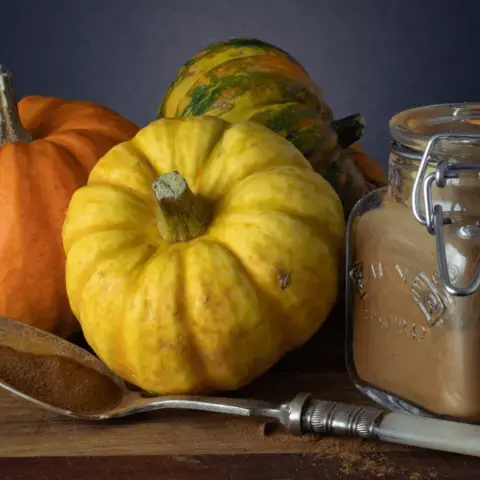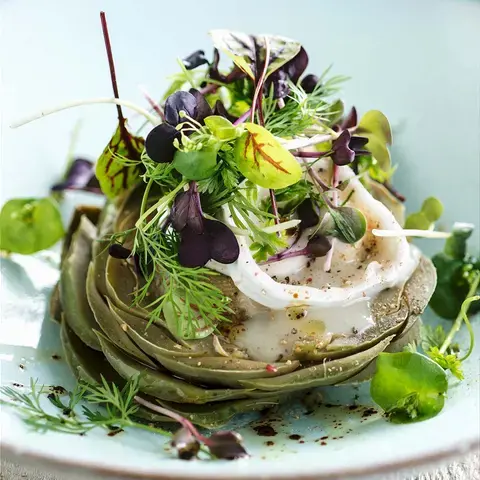The generic definition of Red Sicilian Tarocco Oranges (commonly known as blood oranges) is used to indicate the many varieties of oranges which were originally grown in the provinces of Catania, Enna and Syracuse. In cooking, chefs use the juice, flesh or even just the peel which is rich in essential oils to confer freshness and citrussy notes. However, blood oranges are mainly used for one of their essential flavours: acidity. The juice often regales recollections of mango and pineapple while the peel has slightly bitter and waxy notes recalling those of lavender.
Blood oranges are a natural mutation of oranges and their dark red flesh is due to the presence of anthocyanins, something normally found in flowers and fruit but uncommon in citrus fruits. Blood oranges are extremely high in vitamin C, up to 20% of the RDA, and are rich in dietary fibre.
Blood orange: classical pairings
Other fruits
Blood orange pair well with all types of less acidic fruit. These kinds of fruits attenuate blood orange's tartness, therefore: apricots, figs, strawberries, lime, lemon, mango, apples, melon and peaches. A marriage with pineapple mitigates the sour and slightly sulphurous notes of this orange.
Blood orange and duck.
This traditional recipe is part of our culinary heritage. However, orange is equally fond of other types of white meat, such as pork. Try coating roast pork joint with orange marmalade.














